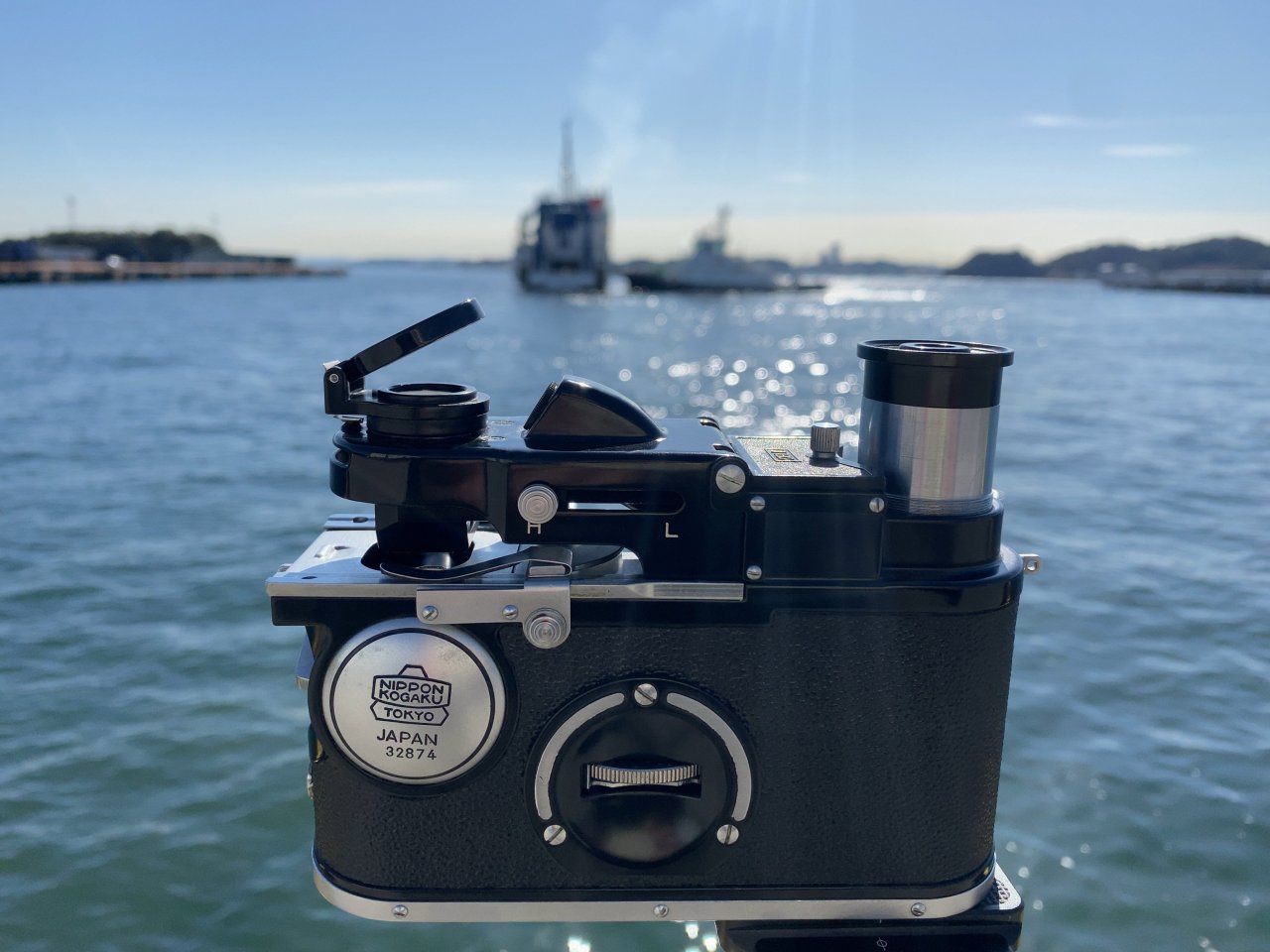
Ship and Microscope Ship and Microscope Do you know Japanese research vessels? I want to show you about the beautiful world of research vessels and microscope.
I received very nice images from Dr. Kazumasa Oguri,
an associate professor of the department of biology,
University of Southern Denmark.
KAIREI and KAIMEI
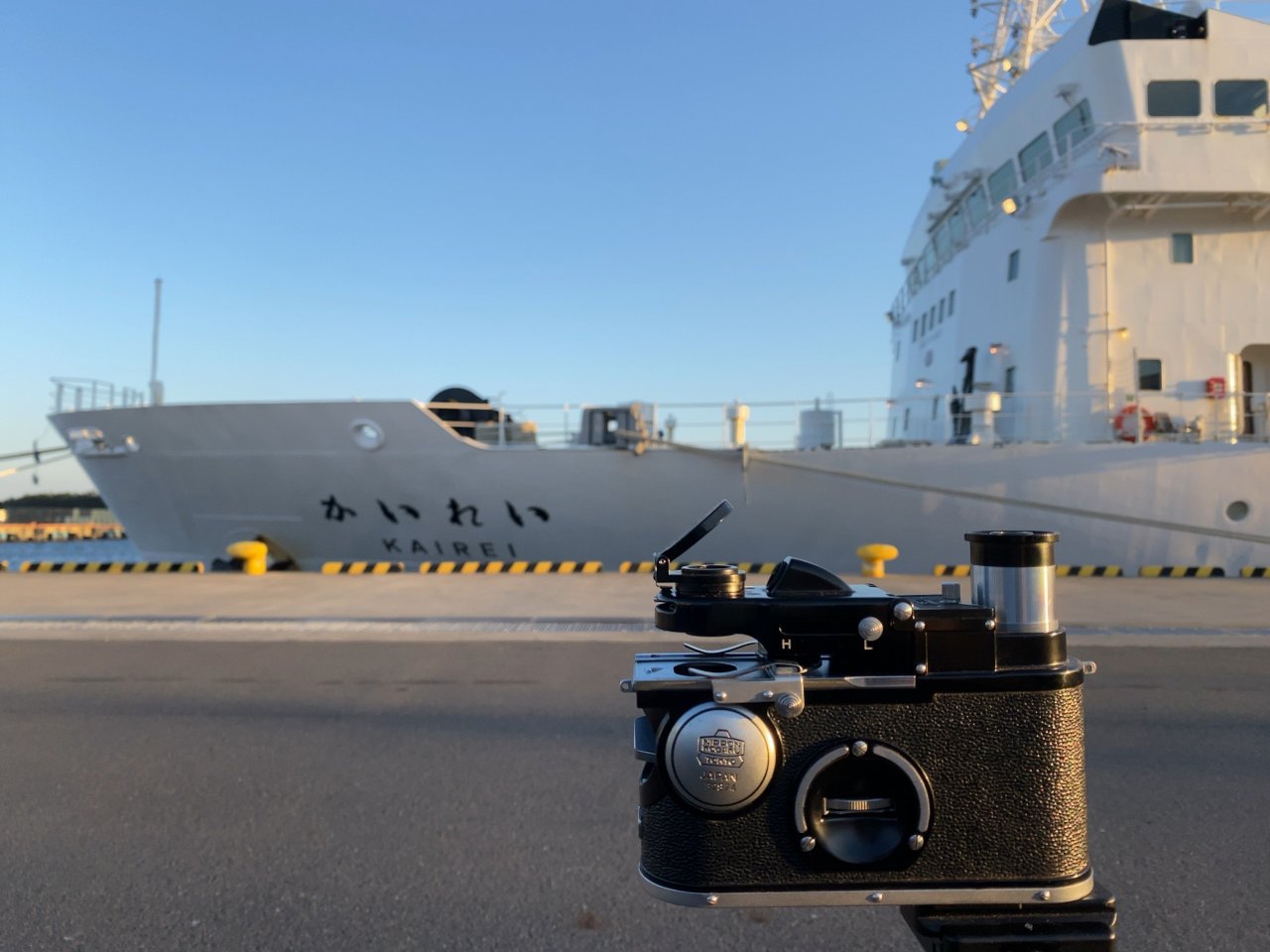
Deep Sea Research Vessel KAIREI The deep-sea research vessel KAIREI conducts surveys of seabeds in trench areas by acting as the support ship for the deep-sea ROV, KAIKO 7000, which can conduct surveys up to a maximum depth of 7,000 m.
R/V KAIREI also conducts surveys of the structure of deep sub-bottoms
with complicated geographical shapes in subduction zones
using its on-board multi-channel reflection survey system.
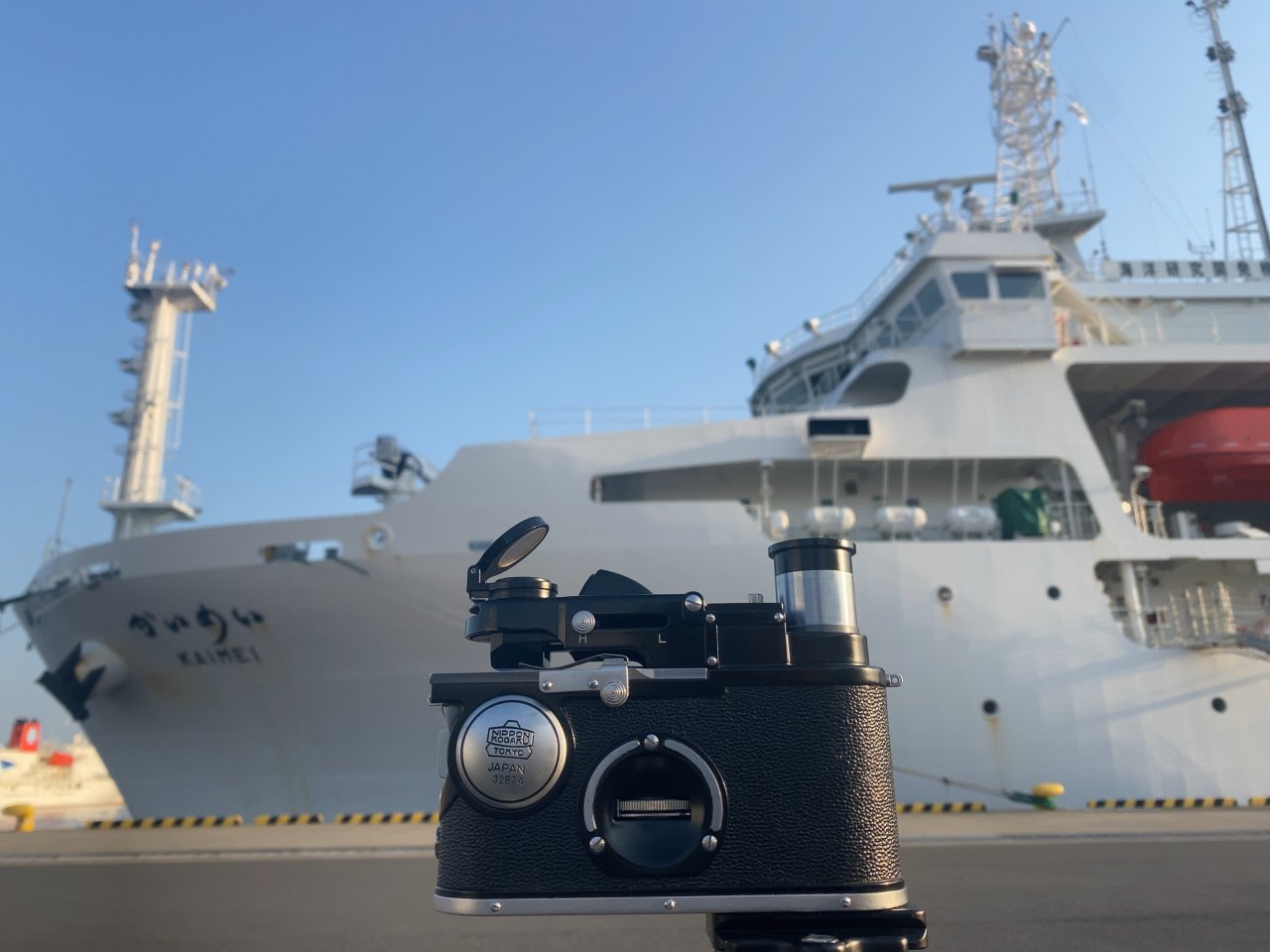
Research Vessel KAIMEI The world's most advanced research vessel, KAIMEI, efficiently performs wide-area seabed research into distribution of submarine resources, and has comprehensive scientific-research capabilities to elucidate the genesis of mineral and ore deposits.
The research vessel is equipped with sophisticated equipment and facilities
as well as laboratories available to analyze samples soon after the collection.
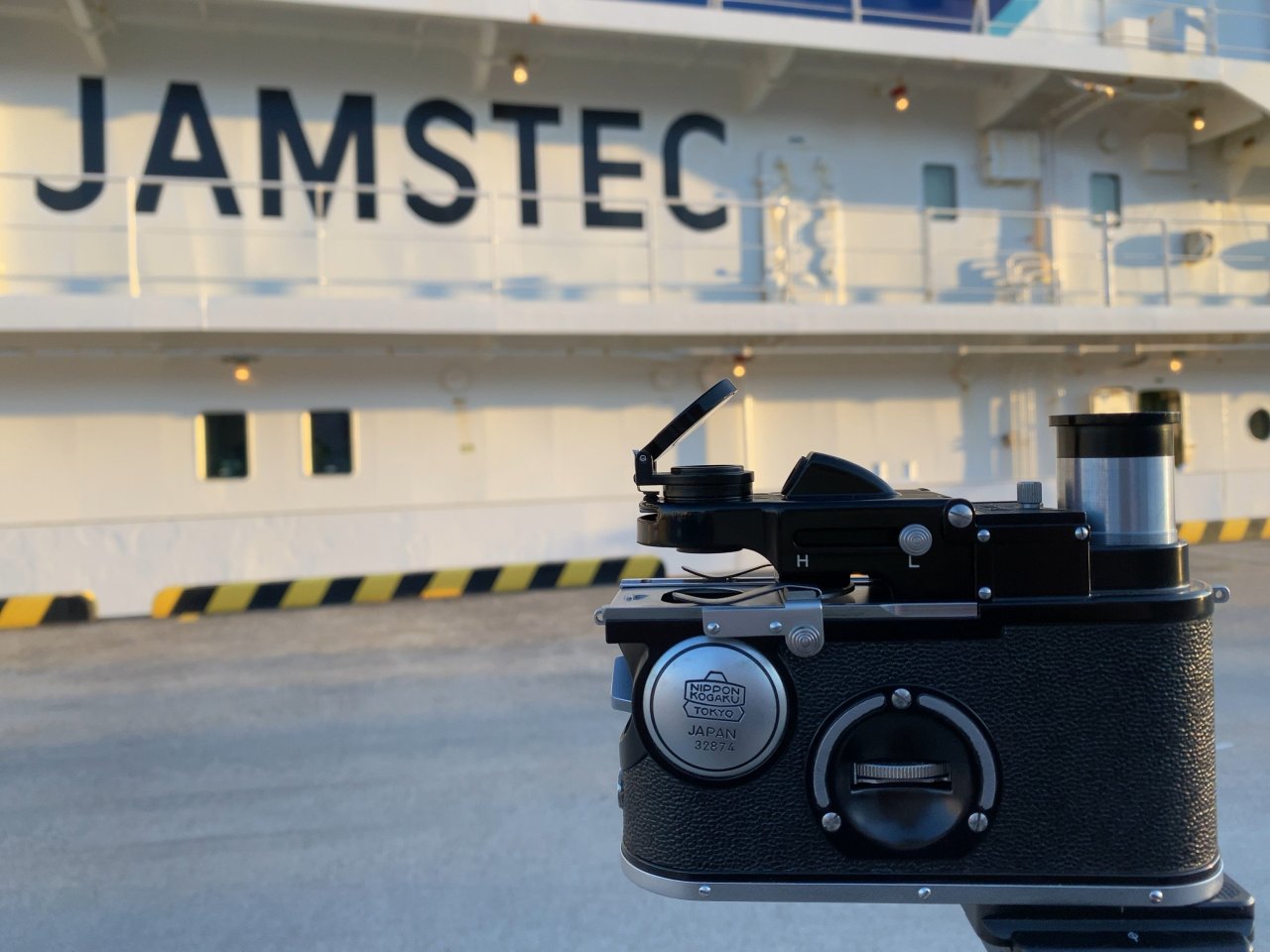
JAMSTEC Research Vessel and Nikon Model H Field Microscope

Nikon Model H Field Microscope SHINSEI MARU

Research Vessel SHINSEI MARU SHINSEI MARU was built as part of the "Measurements for Reconstruction in Response to the Great East Japan Earthquake" of the Japanese government, and also as a research vessel for the "Tohoku Ecosystem-Associated Marine Sciences (TEAMS)" program. Since the marine environment off Tohoku dramatically changed due to the 2011 Tohoku earthquake and tsunami, the TEAMS program was launched as a support network for efficiently utilizing scientific knowledge accumulated at universities and research institutions in an effort to restore the affected fishery grounds off Tohoku. The vessel was named after its predecessor research vessel TANSEI MARU which was decommissioned in January 2013 after many years of contribution to various research activities including new development in the Tohoku region.

Beautiful Ship and Microscope
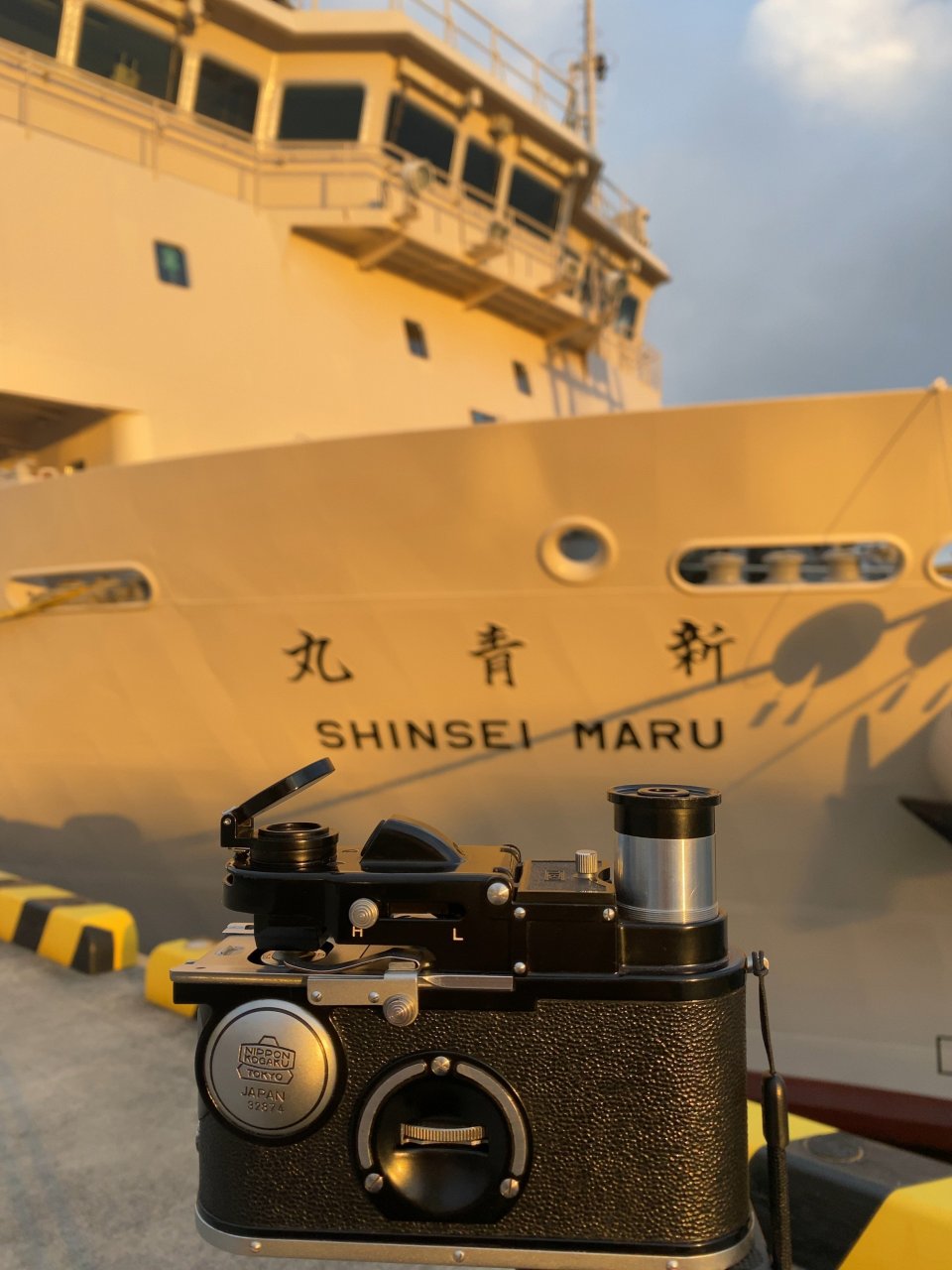
SHINSEI MARU and Nikon Model H Field Microscope
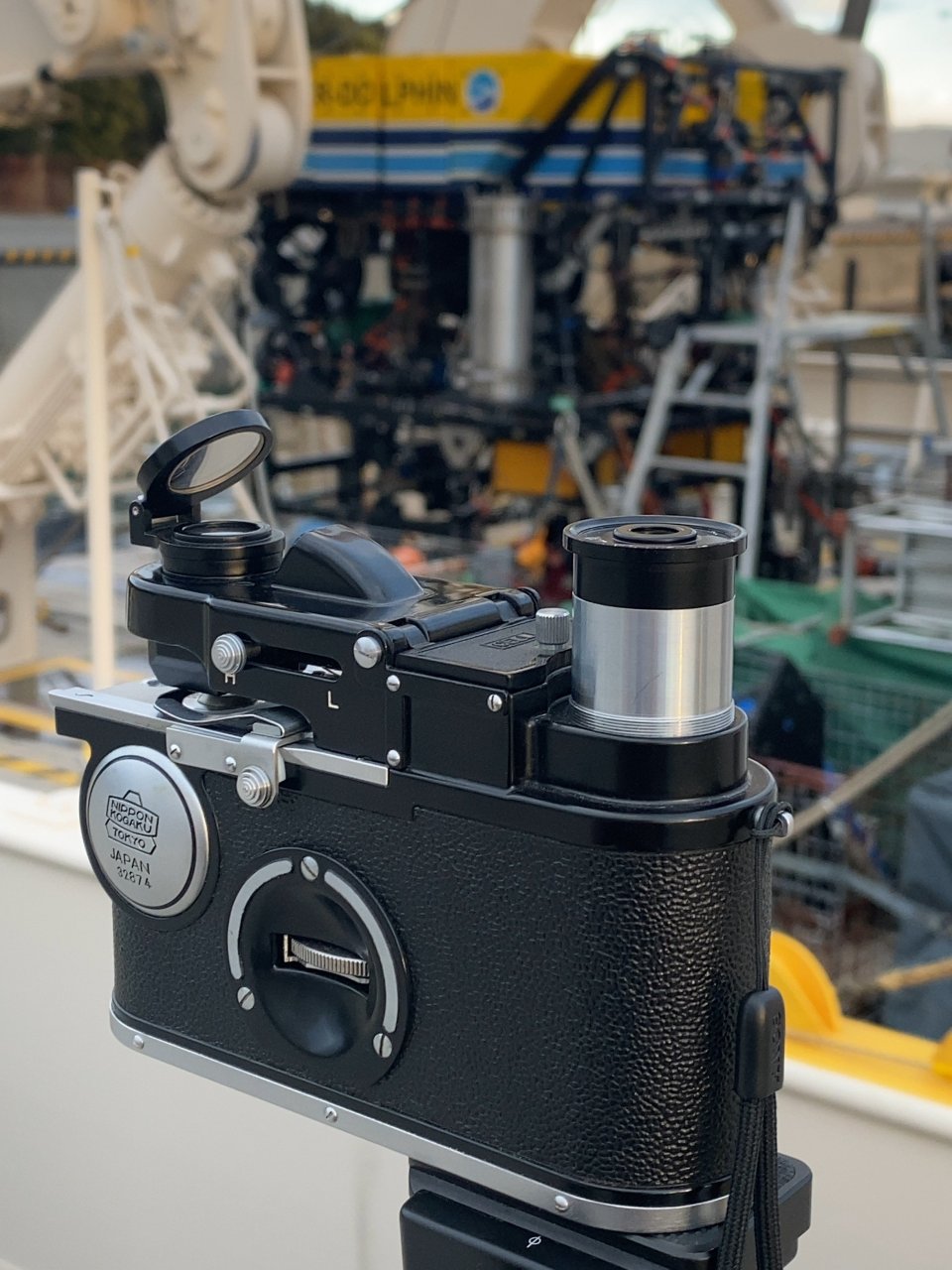
Nikon Model H Field Microscope SHINKAI 6500
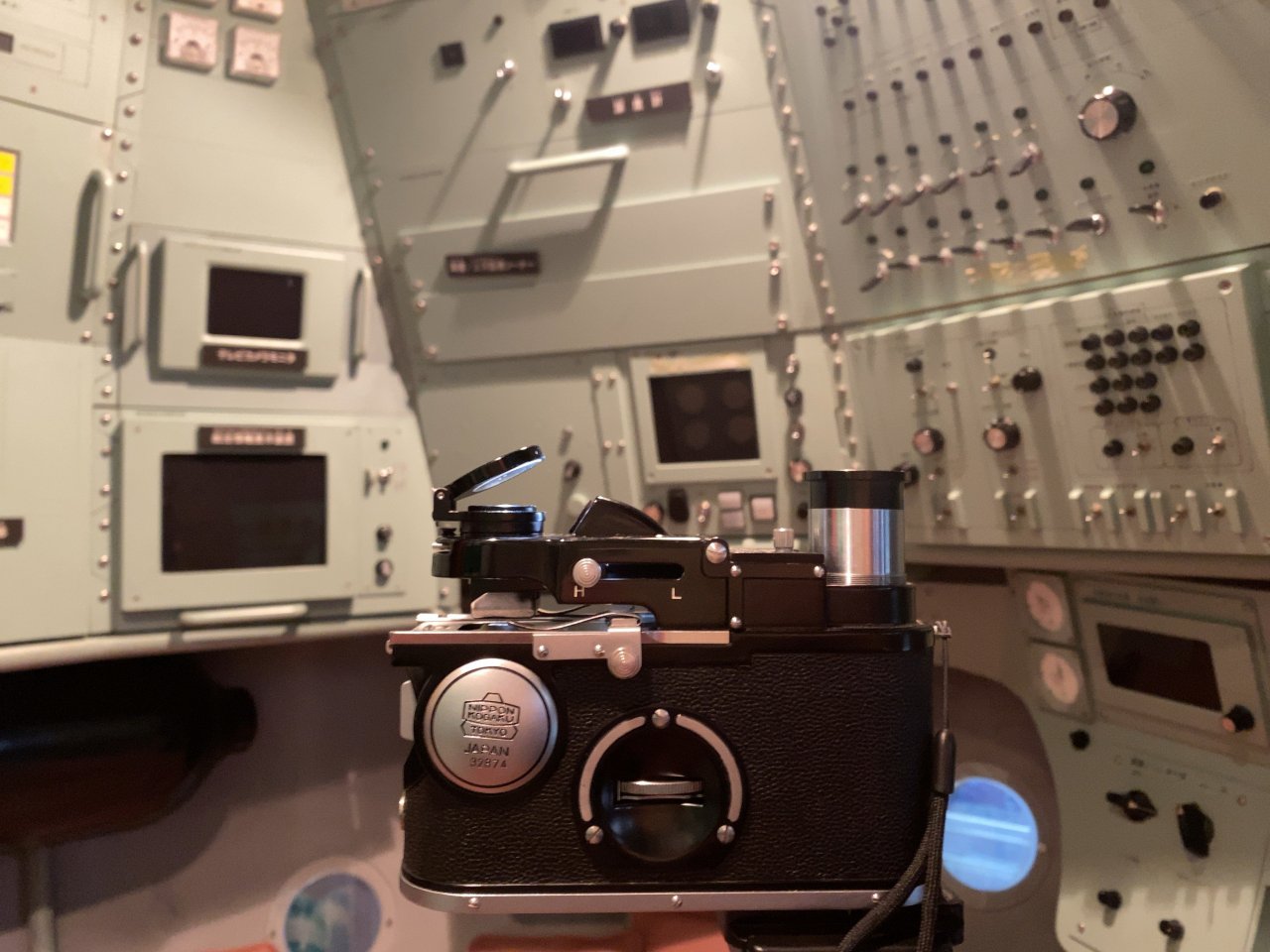
Deep Submergence Research Vehicle SHINKAI 6500 SHINKAI 6500 is a manned submersible that can dive to depths of 6,500 meters - deeper than any other manned submersible for academic research all over the world today. In 1991, SHINKAI 6500 began its mission to study seafloor topography and geology and research deep-sea organisms in the Pacific Ocean, Atlantic Ocean, and Indian Ocean as well as the sea around Japan. The total number of dives reached 1500 in 2017.
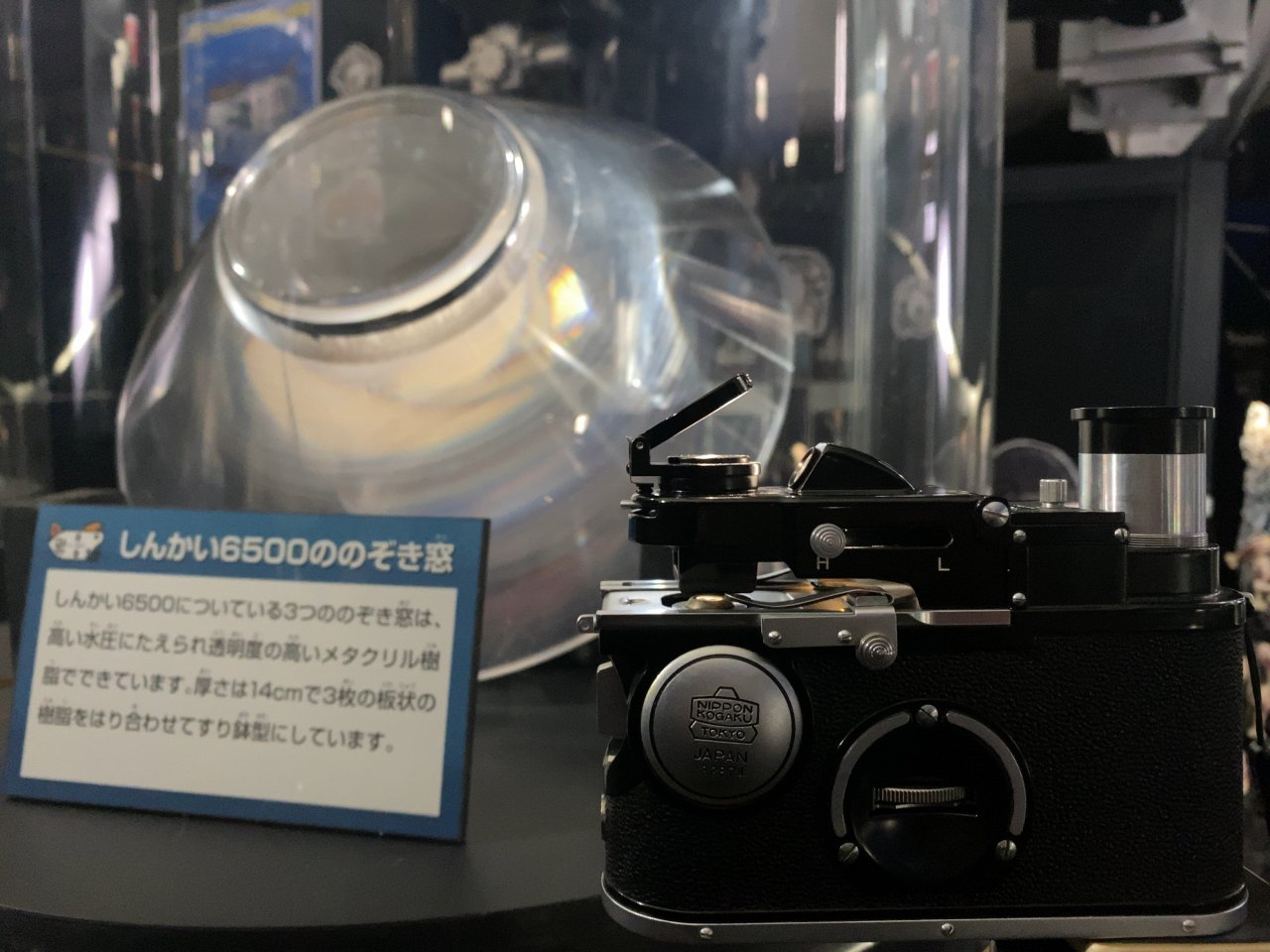
SHINKAI 6500 and Nikon Model H Field Microscope YOKOSUKA

Support Vessel YOKOSUKA The support ship YOKOSUKA performs surveys of the deep-sea bottom by acting as a support ship for SHINKAI 6500, a large submersible research vehicle. SHINKAI 6500 is capable of diving to a maximum depth of 6,500 m in the world. In addition, the ship has a variety of functions for clarifying the surface layer of the deep-sea bottom, fault topography and geological structure and can be used for comprehensive research and observation of the deep-sea and ocean trench areas.
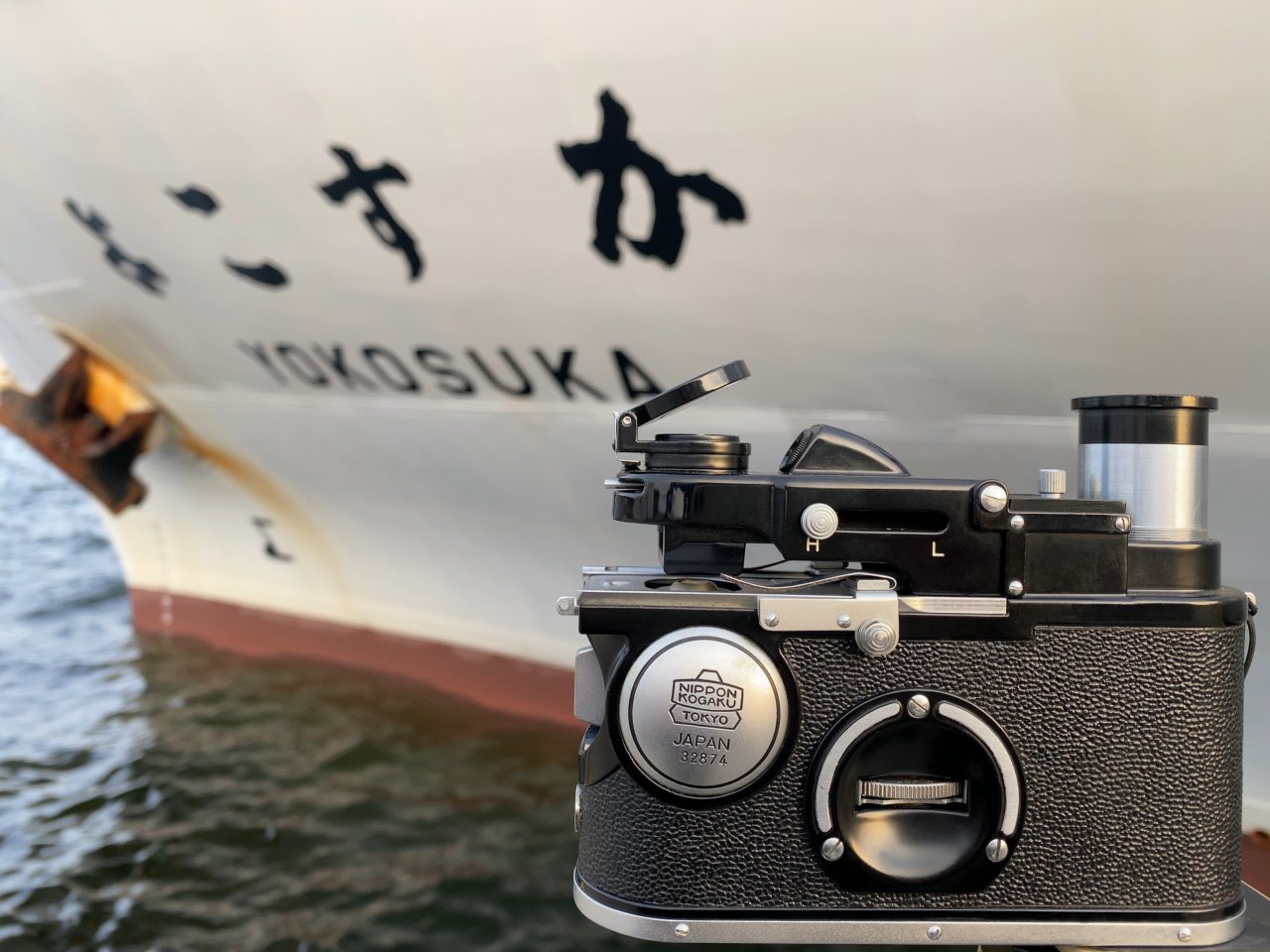
YOKOSUKA and Nikon Model H Field Microscope
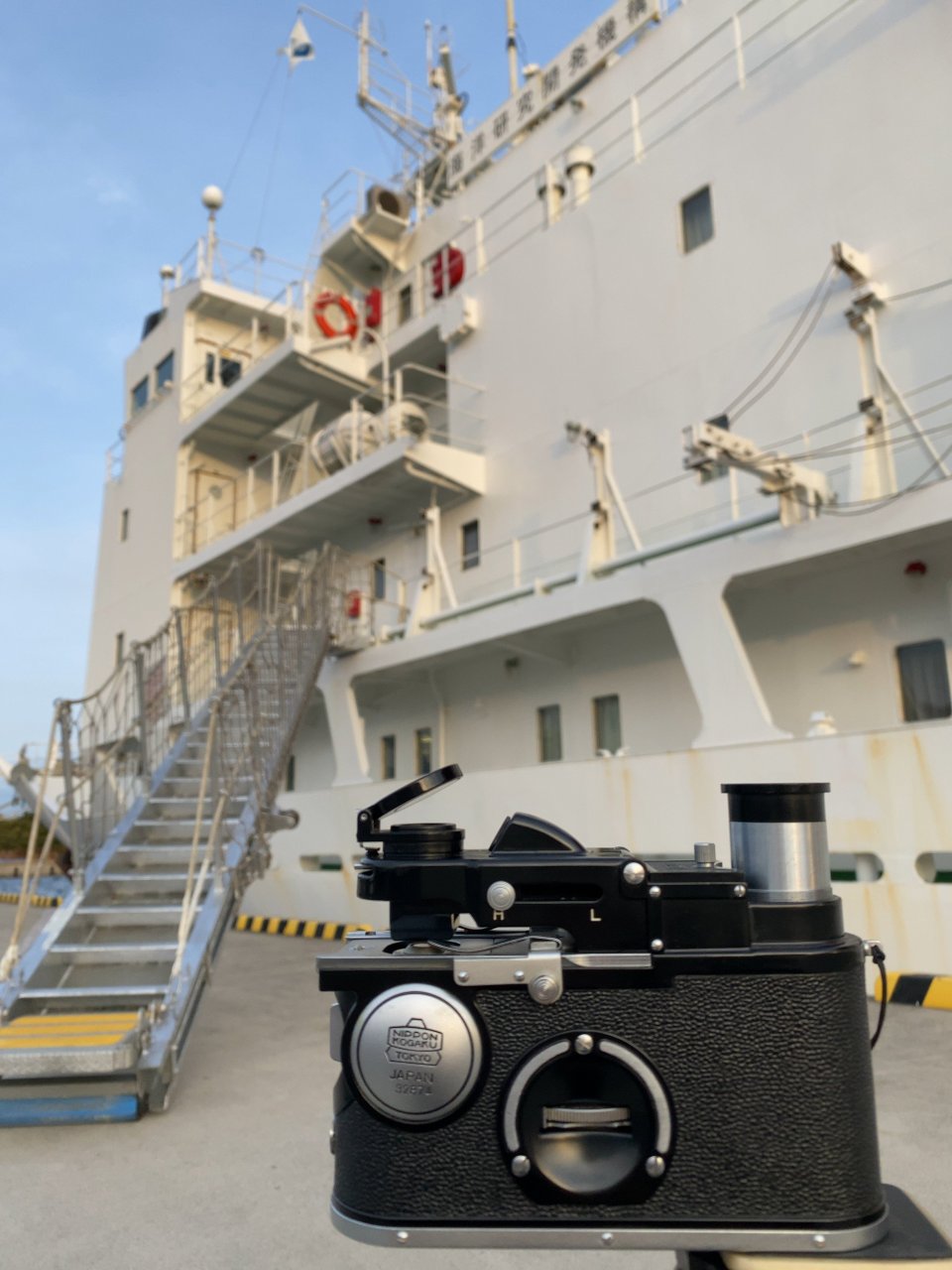
Nikon Model H Field Microscope

YOKOSUKA and Nikon Model H Field Microscope JAMSTEC and Microscope The Nikon model H field microscope looks great on a ship. A beautiful ship needs a beautiful microscope. I'm sure your voyage will be safe and comfortable if you have Nikon model H field microscope.
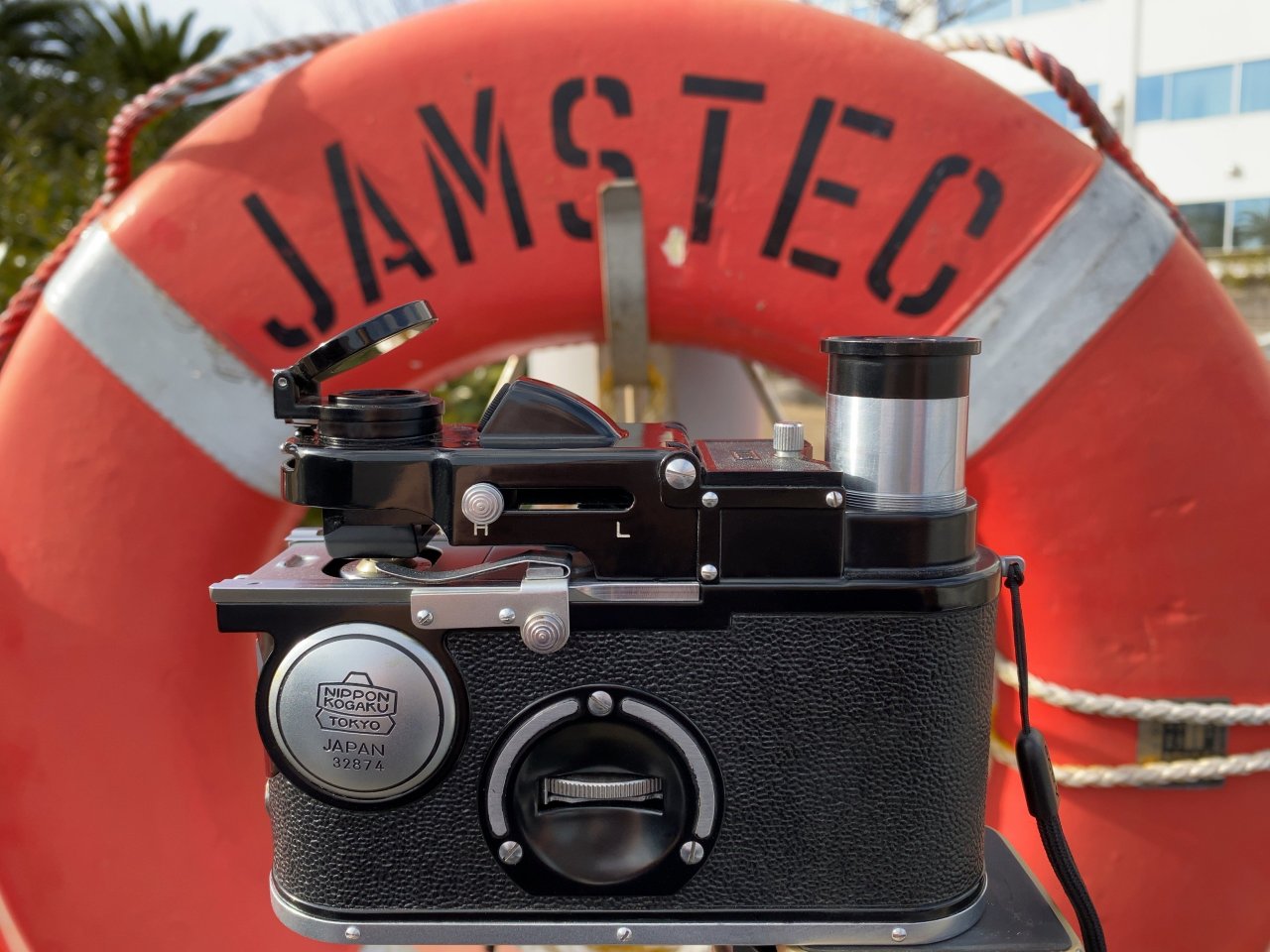
JAMSTEC and Microscope

Ship and Microscope
Special Thanks to Next Page Articles → Next Chapter 6 Collector's Guide Shortcuts
Chapter 0
Top Page
Copyright Michio Akiyama, Tokyo Japan 2021
|